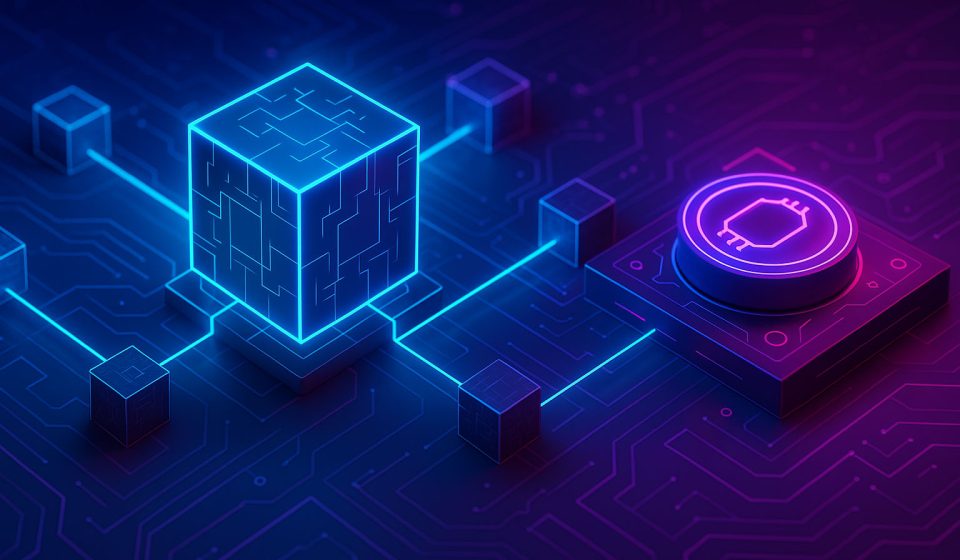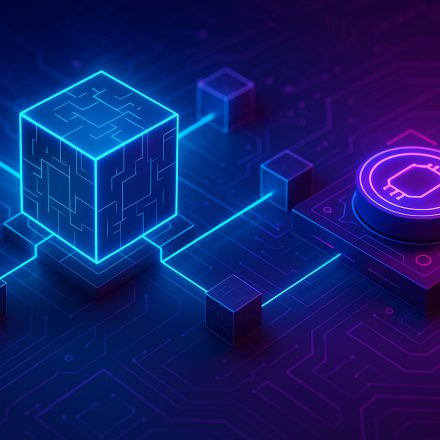
🏗️ Key Components of Blockchain Architecture
Understanding how blockchains actually work under the hood starts with one important concept: blockchain architecture. Just like a building has foundations, support systems, and layers, so does every blockchain network.
Table Of Content
- 🧱 What Is Blockchain Architecture?
- 🔗 Core Components of Blockchain Architecture
- 1. Blocks
- 2. Nodes
- 3. Transactions
- 🔐 Consensus Layer
- 💻 Smart Contract Layer
- 📡 Network Layer (P2P)
- 🧠 Application Layer
- 📊 Types of Blockchain Architectures
- 1. Public Blockchains
- 2. Private Blockchains
- 3. Consortium Blockchains
- 🔗 Related Reading
- 📝 Final Thoughts
In this guide, we’ll break down the major components that form the architecture of a blockchain — from blocks and nodes to consensus and smart contracts. Whether you’re a beginner or a builder, grasping this structure is essential.
At BlockchainInsights.org, we help you understand the infrastructure behind blockchain innovation — layer by layer.
🧱 What Is Blockchain Architecture?
Blockchain architecture refers to the internal structure and technical design that enables a blockchain to securely store and transfer data in a decentralized way. It defines how blocks are created, how nodes communicate, how consensus is reached, and how applications interact with the chain.
This architecture must support three key traits:
- Decentralization
- Immutability
- Security
Depending on the blockchain’s goals, its architecture can be permissionless (like Bitcoin) or permissioned (like Hyperledger).
🔗 Core Components of Blockchain Architecture
Let’s explore the most essential building blocks of blockchain architecture:
1. Blocks
Blocks are data containers. Each block includes:
- A block header (metadata, timestamp, hash)
- A list of transactions
- A reference to the previous block (creating a chain)
Each new block is linked cryptographically to the one before it — making the chain immutable.
2. Nodes
Nodes are the backbone of any blockchain network. They store, validate, and broadcast transactions. There are different types of nodes:
- Full nodes: Store the entire blockchain and validate all transactions
- Light nodes: Store only part of the blockchain
- Mining/validator nodes: Create and propose new blocks
Each node keeps a copy of the blockchain, which is constantly updated in real-time.
3. Transactions
A transaction is a change in blockchain state — usually a transfer of digital assets or data. Every transaction must be signed with a private key and validated by the network.
🔐 Consensus Layer
Consensus is the method that keeps all nodes in agreement about the blockchain’s current state — without a central authority. It’s one of the most critical parts of blockchain architecture.
Popular consensus mechanisms include:
- Proof of Work (PoW): Miners solve complex puzzles to secure the network (used by Bitcoin)
- Proof of Stake (PoS): Validators are chosen based on the amount of crypto they stake (used by Ethereum)
- Delegated PoS, Proof of Authority, and others: Designed for different levels of speed, decentralization, and scalability
Consensus ensures that all new blocks are valid and prevents double-spending or tampering.
💻 Smart Contract Layer
Smart contracts are programs stored on the blockchain that execute automatically when conditions are met. They’re at the heart of decentralized apps (dApps), DeFi, and NFTs.
They:
- Remove the need for intermediaries
- Operate transparently
- Can hold and transfer assets based on logic
Most modern blockchains (Ethereum, Solana, BNB Chain, Avalanche) support smart contract layers in their architecture.
📡 Network Layer (P2P)
This is the infrastructure that allows all nodes to communicate and share data. It’s a peer-to-peer (P2P) network where each node sends, receives, and broadcasts:
- Transactions
- Block data
- Consensus messages
A strong network layer ensures speed, reliability, and decentralization.
🧠 Application Layer
The application layer includes everything the end user sees and interacts with — wallets, dApps, exchanges, NFT platforms, etc.
It connects to the blockchain through:
- APIs (application programming interfaces)
- SDKs (software development kits)
- Wallets (like MetaMask or Phantom)
This layer turns complex blockchain logic into accessible user experiences.
📊 Types of Blockchain Architectures
There are multiple ways blockchain architecture is designed depending on the use case:
1. Public Blockchains
- Open to anyone
- Fully decentralized
- Example: Bitcoin, Ethereum
2. Private Blockchains
- Permissioned access
- Controlled by one or more entities
- Example: Hyperledger Fabric
3. Consortium Blockchains
- Hybrid approach
- Used by groups of organizations
- Example: R3 Corda
🔗 Related Reading
Want to learn more about how blockchains process data? Start with:
“How Blockchain Works: A Simple Guide for Beginners”
https://blockchaininsights.org/how-blockchain-works
📝 Final Thoughts
Blockchain architecture is more than just blocks and chains — it’s a layered system of protocols, processes, and people working together to build secure, decentralized networks.
Understanding the architecture gives you a blueprint of how the entire ecosystem functions — and what makes it powerful.
At BlockchainInsights.org, we’ll keep unpacking the technology one layer at a time — so you can build with clarity.









